All Ajax devices communicating only by Jeweller radio protocol are compatible with ReX Jeweller.
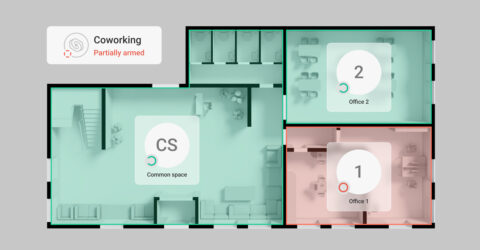
Partner Portal
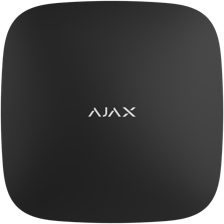
Radio signal range extender
All Ajax devices communicating only by Jeweller radio protocol are compatible with ReX Jeweller.
The identifier (ID) is the serial number of the device. It is located under the QR code on the body, board, and packaging of the device.
ID at the bottom of the box
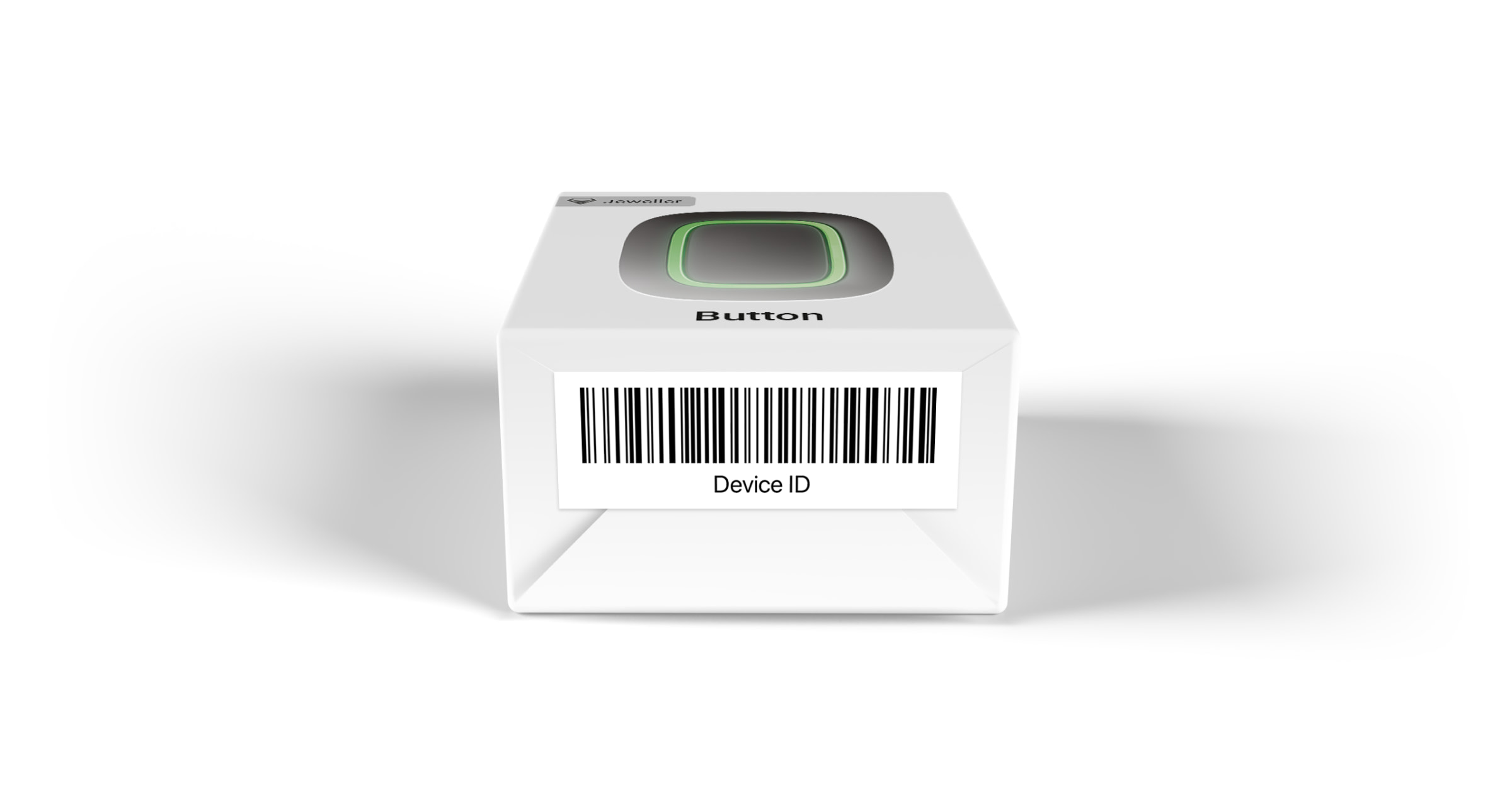
ID under the lid
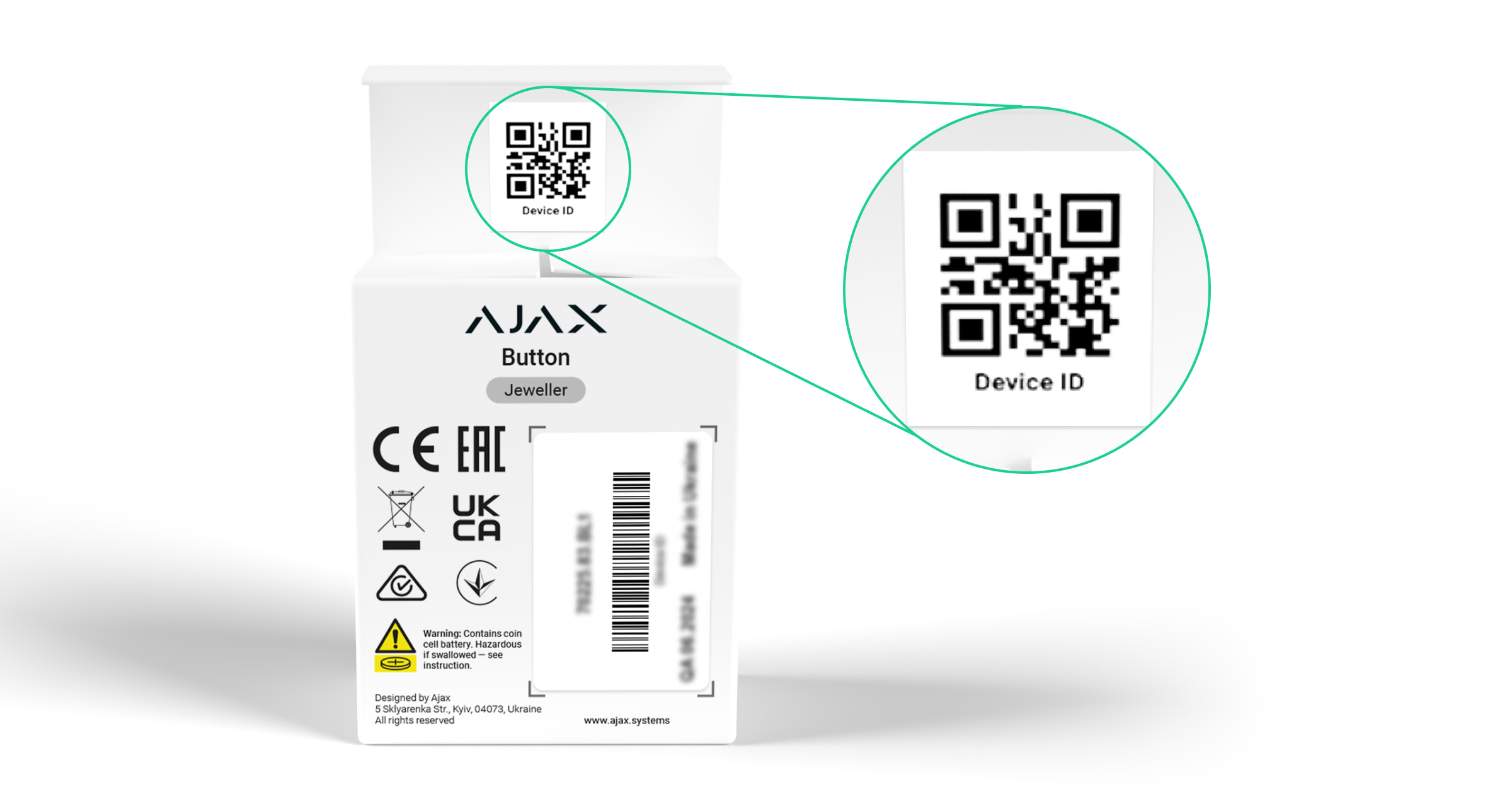
The ID can also be found in the device states in the Ajax app.
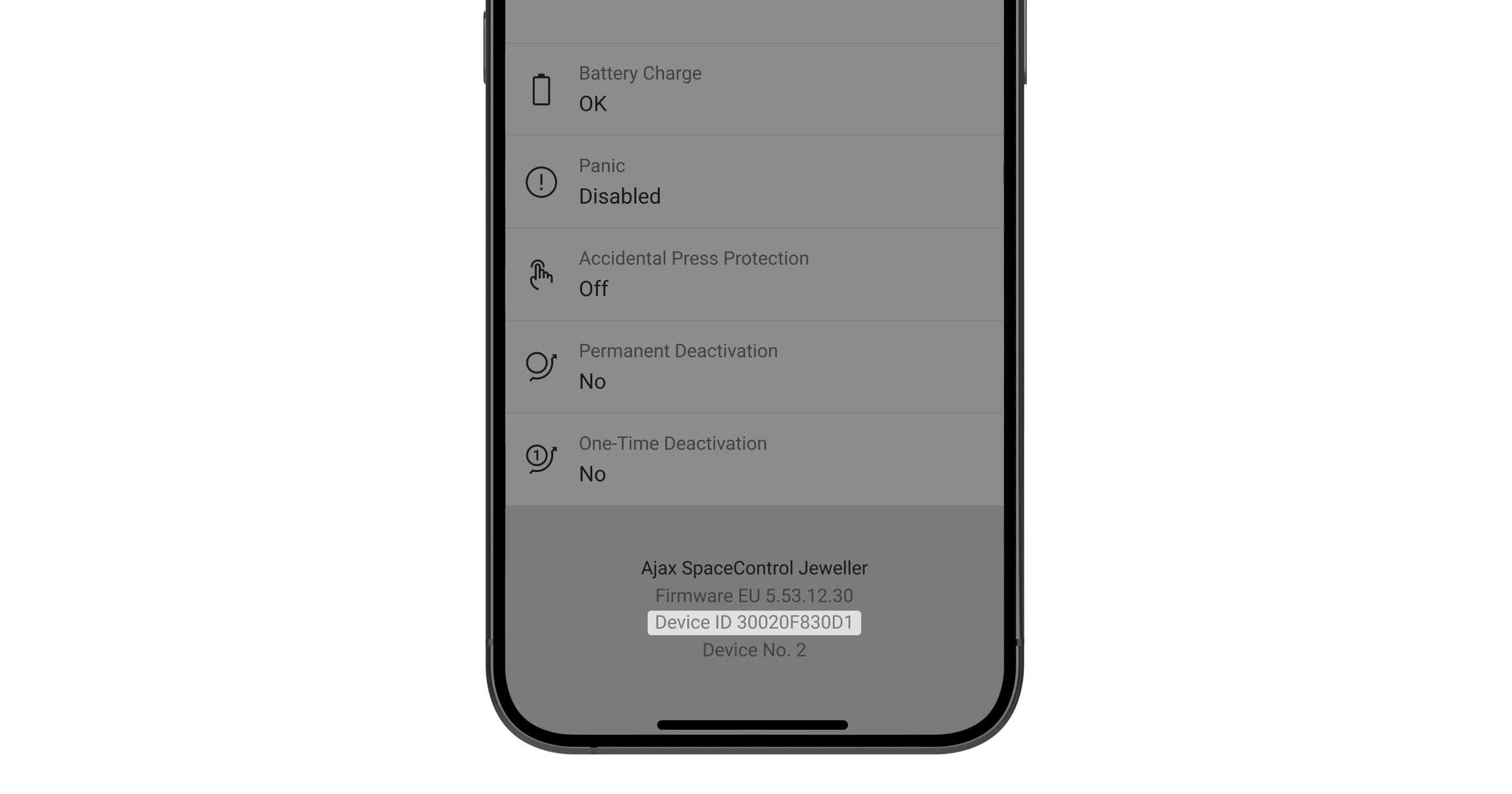
To increase the radio communication range of your KeyPad Plus, use the radio signal range extenders.
Yes, DualCurtain Outdoor works with radio signal range extenders.
With OS Malevich 2.9 update, permanent deactivation of devices without removing them from the system has become available.
Deactivation may be necessary if the device is incorrectly installed or configured, loses connection with the hub, or has failed.
To deactivate a device, in the Ajax app:
Replace the standard 110/230 V~ power supply unit with 12V PSU for Hub/Hub Plus/ReX.
All Ajax devices communicating only by Jeweller radio protocol are compatible with ReX Jeweller.
In order to assign device to hub:
In order to assign device to ReX:
The devices operating via the range extender are labeled with RE icons in the application’s list of devices.
Also, if the device is operating via the range extender, then in the device states the ReX state is displayed with the value Online.
ReX is designed to operate on a power supply of 110V–240V AC, 50/60 Hz. In the event of a power failure, ReX is fitted with a backup battery that ensures up to 35 hours of operation of the range extender.
Also ReX can be connected to 12 volt DC sources.
The number of ReX range extenders connected to the Ajax security system depends on the hub model:
| Hub | 1 |
| Hub Plus | 5 |
| Hub 2 (2G) | 5 |
| Hub 2 (4G) | 5 |
| Hub 2 Plus | 5 |
| Superior Hub Hybrid (2G) | 5 |
| Superior Hub Hybrid (4G) | 5 |
Only hubs on OS Malevich 2.8 and higher support the connection of several ReX.
Alarms are communicated within 0.3 seconds.
In the event of a loss of connection between the hub and ReX, all devices connected to the range extender also lose connection with the hub.
By copying the system information from the hub, ReX creates an autonomous group of devices and responds to events instantaneously. If ReX continues to communicate with the connected devices when the connection with the hub is lost, ReX assumes the role of the control panel: it will receive an alarm signal from the detector and activate the siren.
Users can manage the security modes of ReX and of the devices connected to the range extender only after the connection between the range extender and the hub is restored.
ReX functions at a distance of up to 1,800 meters from the hub and can double the radio communication range between the Ajax devices and the hub.

The communication range between ReX and a paired device is limited by the radio signal range of the device (the relevant parameter is indicated in the device’s specifications on the website and in the User Manual).
You can significantly expand the coverage area of the Ajax radio network using several ReX in the security system. However, keep in mind that ReX can only be connected directly to the hub and connecting one range extender to another is not supported.
The number of ReX connected to the security system depends on the hub model.
No. ReX expands the security system’s radio communication coverage, thereby enabling the installation of Ajax devices at greater distances from the hub or in locations where a reliable signal reception from the control panel cannot be ensured.
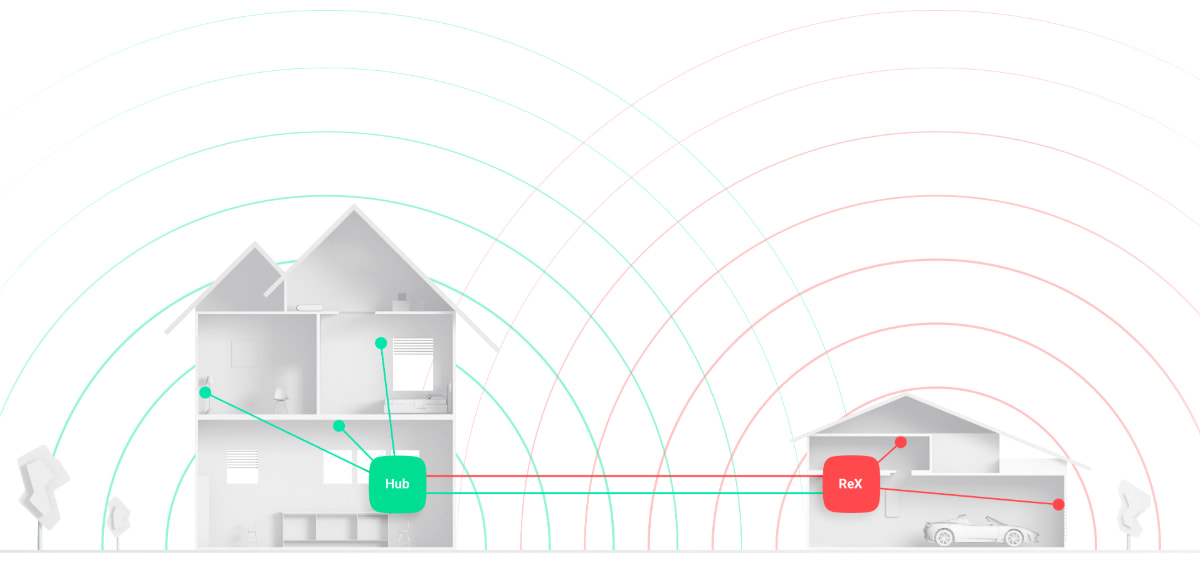
ReX expands the hub’s radio communication coverage.
ReX receives hub signals and transmits them to the devices connected to the range extender. It also transmits signals received from the devices to the hub. Two-sided connection is provided by the Cargo protocol operating over the Jeweller radio protocol.

Unlike regular range extenders that only re-broadcast signals, ReX controls the functioning of the security system devices. By copying the system information from the hub, ReX creates an autonomous group of devices and responds to events instantaneously. If the hub disconnects from the network for whatever reason, ReX receives an alarm signal from the detector and activates the siren.
ReX does not increase the number of devices connected to the hub!
Tamper is a miniature button on the device board. It reports an alarm in case of opening the device enclosure, removing the device from the mounting panel, or detaching it from the surface.
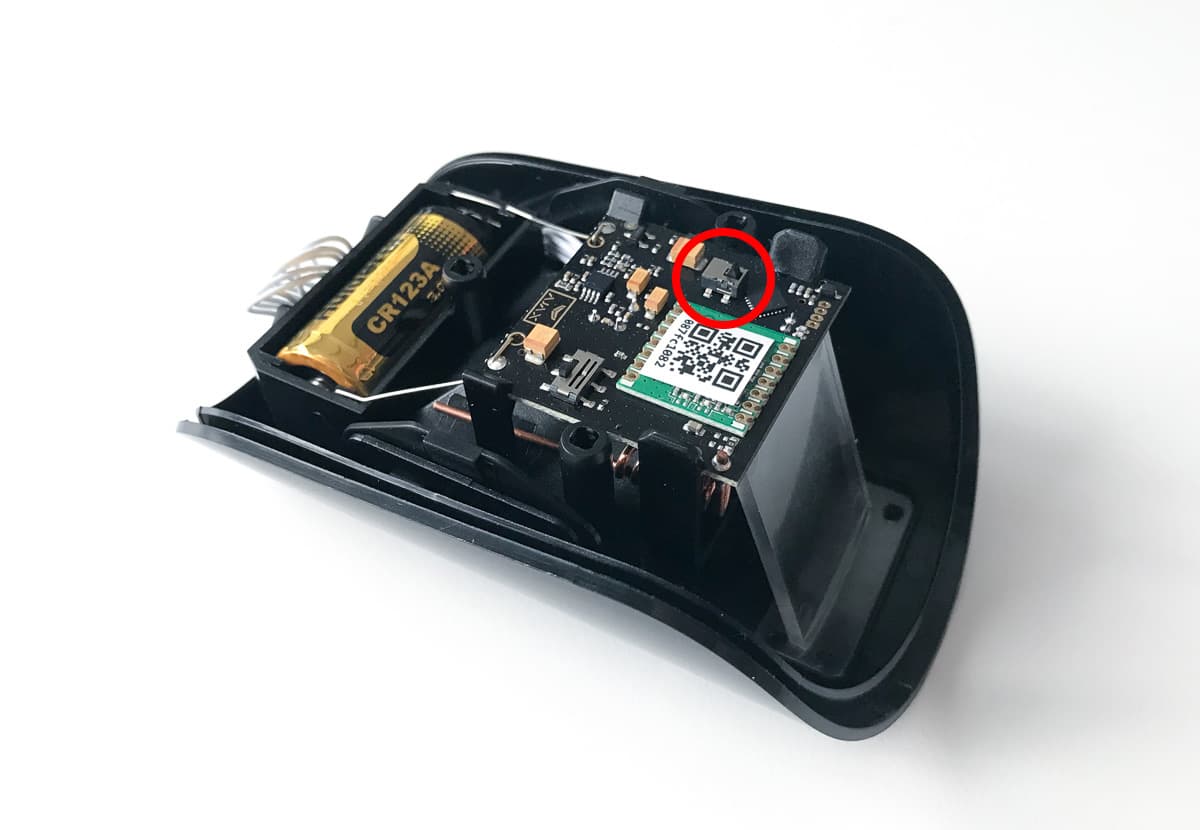
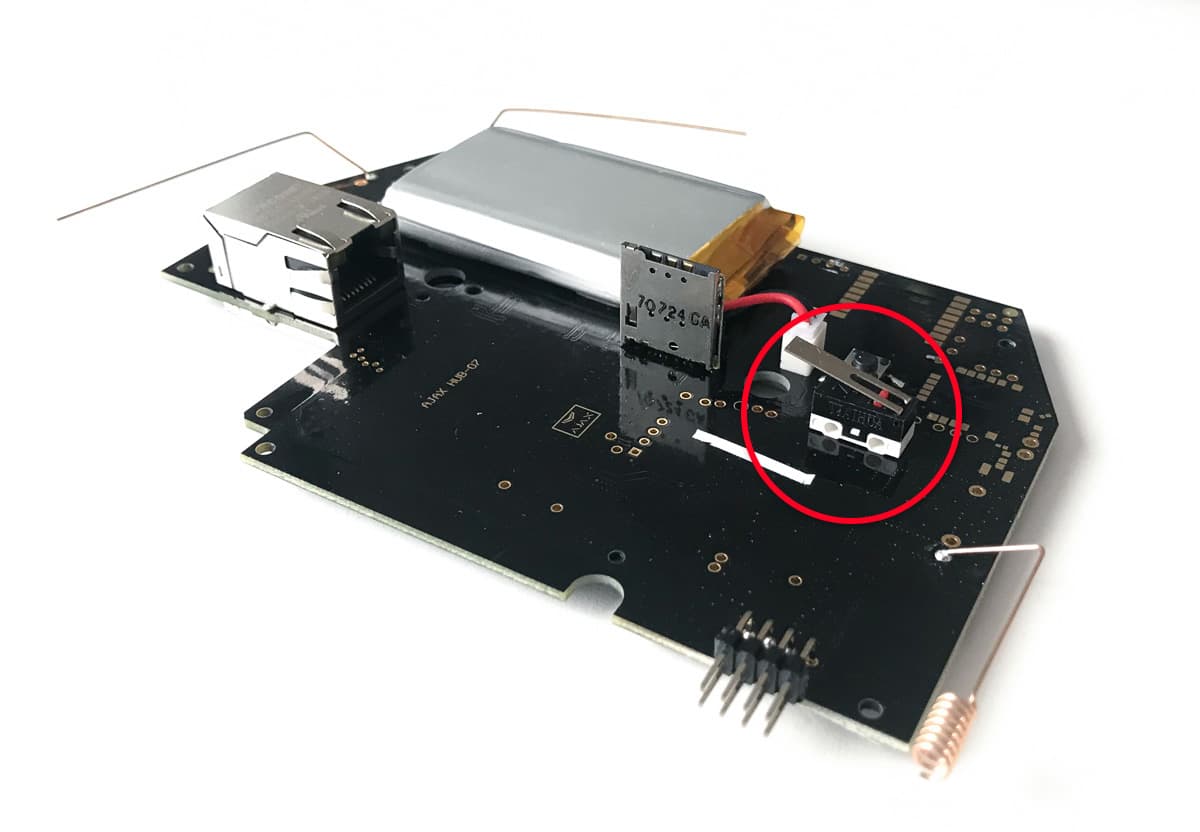
The tamper status is displayed in Ajax apps, in the Enclosure section in the states of each device. When the body status is Open, a fault symbol appears on the device icon.
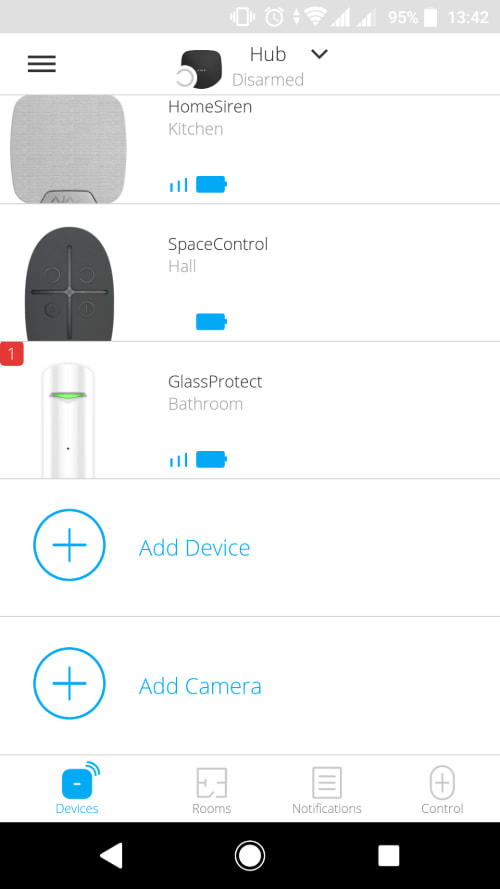
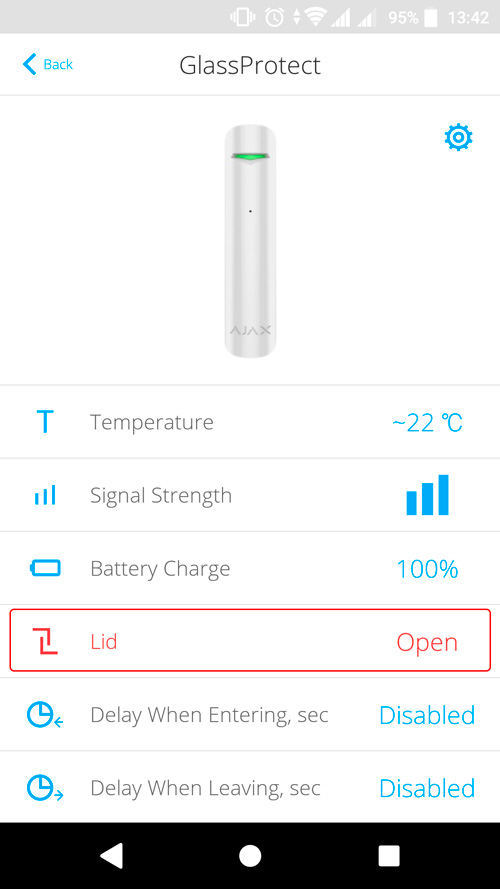
By default, the hub is set to a hub–detector ping interval of 36 seconds and 30 undeliverable data packets to consider the device lost. With these settings, the hub will detect the loss of the detector in 18 minutes.
To reduce this time, go to the hub settings in the Jeweller section and change the settings. The minimum time for detecting loss of connection with the device is 36 seconds (3 polls of 12 seconds each).
The time before raising the alarm by the communication loss between hub and device is calculated with the following formula:
Detector Ping Interval × Number of missed pings to determine connection failure
Note that with the minimum ping interval, short-term interference can lead to loss of connection with the device. Therefore, set the minimum values only if it is critically important to promptly inform about events in the system.
The loop (zone) number is required to describe all devices connected to the hub when adding a protected facility to the security company monitoring station.
The number is assigned when adding a device to the hub. The first added device has the first loop (zone) number. After removing the device from the system, its number becomes available. This number can be assigned to the next device to be added to the system.
The loop (zone) number is available in the states of each device in the Ajax app:
The firmware version can be found in the device states in the Ajax app.

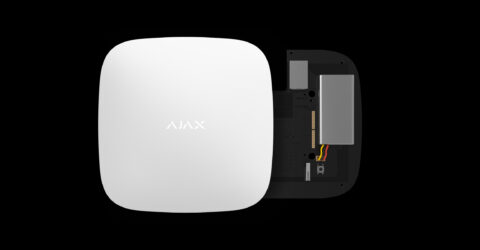
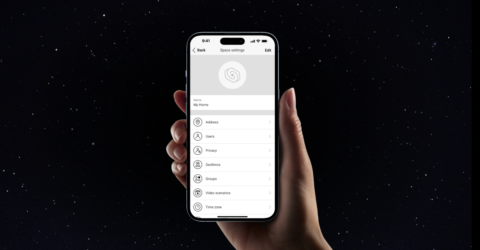
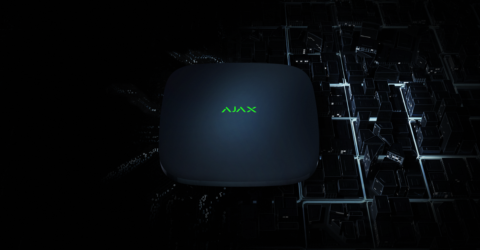


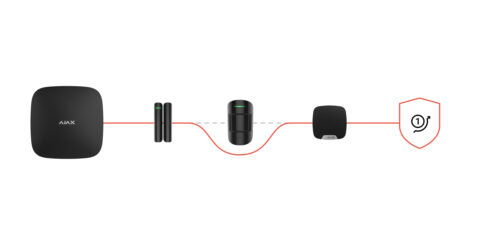
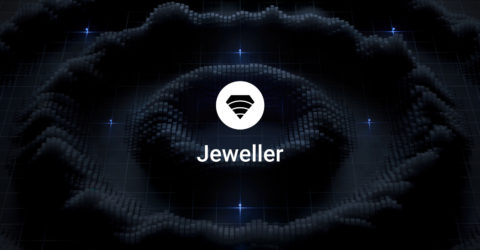

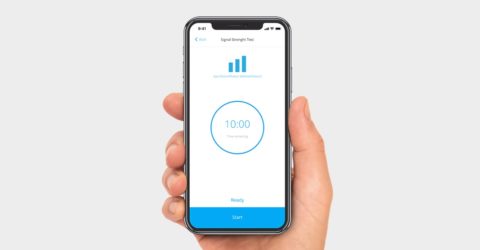
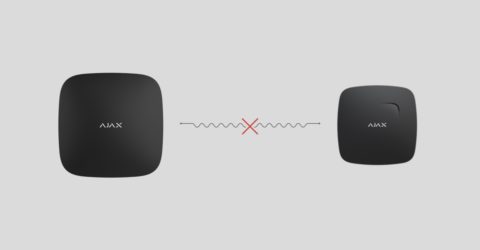
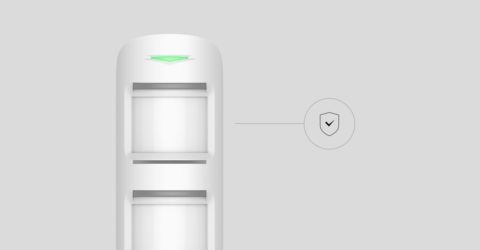
Only essential news about security and smart home devices
Please check your email to confirm your subscription
The user with this email has already subscribed
Contact [email protected]
Unexpected error, please try again later